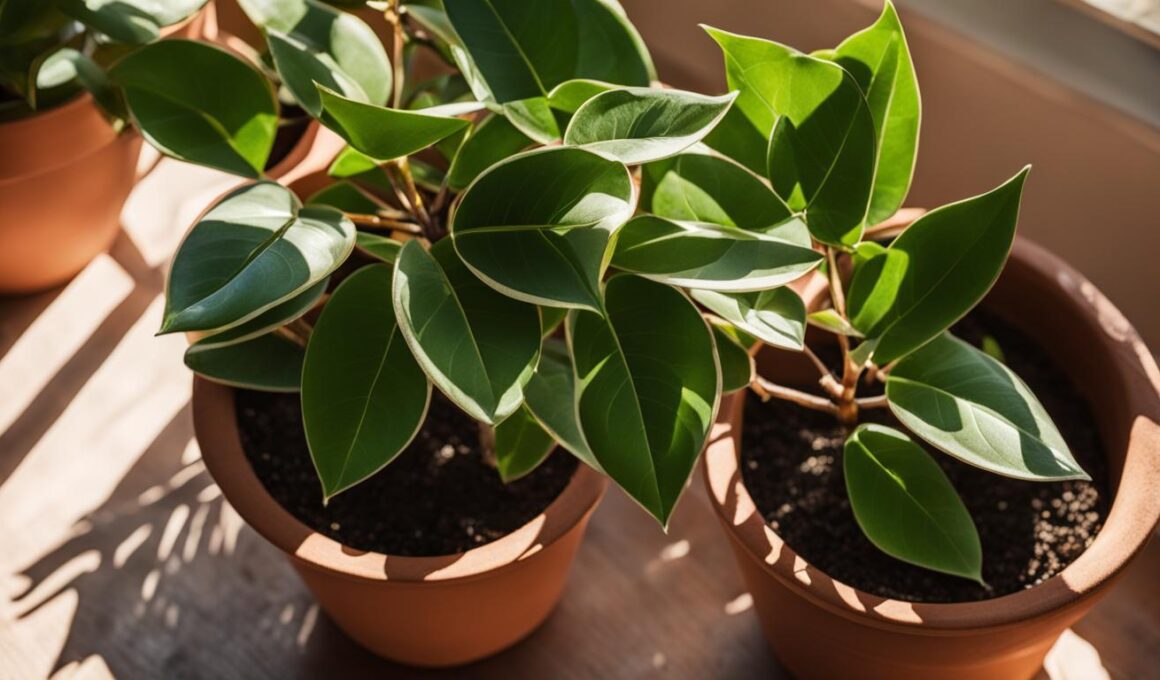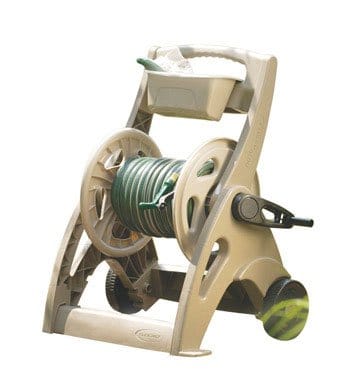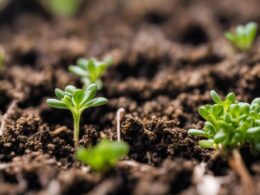Welcome to our guide on caring for your baby rubber plant! Whether you’re a beginner or an experienced plant parent, these care tips will help you keep your baby rubber plant thriving. With its beautiful glossy green leaves and compact growth, the baby rubber plant (Peperomia obtusifolia) is a popular choice for indoor gardening.
In this article, we’ll cover essential care tips including watering, light requirements, and fertilizing. By following these guidelines, you’ll be able to create the perfect environment for your baby rubber plant to flourish.
Proper watering is key when it comes to the care of your baby rubber plant. You want to maintain a balance, not overwatering or underwatering. We’ll provide you with helpful guidelines on how often to water your plant and how to check if it needs watering.
Light is another important factor for the health of your baby rubber plant. Find out the ideal lighting conditions for your plant, how to avoid direct sunlight, and ensure your plant gets the right amount of light for optimal growth.
Lastly, we’ll discuss fertilizing tips to keep your baby rubber plant nourished and thriving. Discover the right fertilizer and how often to fertilize your plant to promote healthy and vibrant foliage.
Stay tuned for the upcoming sections where we dive deeper into each aspect of baby rubber plant care. With our expert advice, you’ll be equipped with the knowledge to provide excellent care for your baby rubber plant and enjoy its beauty in your home.
Sunlight and Humidity Requirements for Baby Rubber Plants
Baby rubber plants, scientifically known as Peperomia obtusifolia, are tropical houseplants that add a touch of greenery to indoor spaces. To ensure their optimal growth and well-being, it’s important to understand their sunlight and humidity requirements.
Sunlight Requirements:
Baby rubber plants thrive in medium to bright indirect light. While they can tolerate some low light conditions, it’s best to provide them with ample light to promote healthy growth. Direct, intense sunlight should be avoided as it can cause the leaves to burn. Placing your baby rubber plant in a spot near a window with filtered light or in a bright corner of your home is ideal.
Humidity:
Tropical plants like baby rubber plants prefer higher humidity levels. While they can tolerate average household humidity, providing them with a slightly more humid environment can benefit their overall health. Misting the leaves occasionally or placing the plant on a tray filled with water and pebbles can help increase humidity levels around the plant.
By ensuring your baby rubber plants receive the right amount of light and humidity, you can create an ideal indoor gardening environment for them. These low-maintenance plants are perfect for beginners and can thrive in a variety of indoor spaces.
Watering and Fertilizing Tips for Baby Rubber Plants
Proper watering and fertilizing are essential for maintaining the health and vitality of your baby rubber plant. Follow these tips to ensure optimal care:
Watering Frequency
When it comes to watering your baby rubber plant, it’s important to find the right balance. Overwatering can lead to root rot, while underwatering can cause wilting and leaf loss. To determine the watering frequency, check the top few inches of the soil. Only water when the soil feels dry to the touch.
To avoid overwatering, follow this general guideline: water the plant every 1-2 weeks, allowing the top few inches of soil to dry out between waterings. However, it’s important to consider external factors such as light levels, temperature, and humidity, as they can affect the plant’s water needs.
Soil Mix
The right soil mix is crucial for the overall health of your baby rubber plant. Use a well-draining potting mix that retains enough moisture without becoming waterlogged. A mix of peat moss, perlite, and regular potting soil works well for baby rubber plants.
Fertilizing
Fertilizing your baby rubber plant helps provide it with the essential nutrients it needs to thrive. Use a balanced, water-soluble indoor plant fertilizer diluted to half strength. Apply the fertilizer every two months during the growing season (spring and summer) to promote healthy growth.
Remember to follow the instructions on the fertilizer packaging and avoid overfertilizing, as it can damage the plant’s roots.
By following these watering and fertilizing tips, you can ensure that your baby rubber plant remains healthy and vibrant, adding beauty to your indoor space for years to come.
Can the Same Treatments for White Spots on Cucumber Leaves Be Used for Baby Rubber Plants?
Yes, the same treatments for white spots on cucumber leaves can be used for baby rubber plants. The causes of white spots on cucumber leaves are often fungal or bacterial infections, so using a fungicide or antibacterial spray can help treat the white spots on baby rubber plants as well.
Conclusion
In conclusion, the baby rubber plant, or Peperomia obtusifolia, is an ideal choice for those looking for an easy-to-care-for houseplant. With its compact size and beautiful glossy leaves, it can effortlessly complement any small space in your home.
When it comes to care, remember to place your baby rubber plant in medium to bright indirect light, avoiding direct sunlight that could scorch its leaves. Water it every 1-2 weeks, allowing the soil to dry out between waterings to prevent overwatering and root rot.
Not only is the baby rubber plant aesthetically pleasing, but it is also a great option for pet owners. These plants are considered pet-friendly, meaning they are non-toxic to cats and dogs, providing peace of mind for those with furry friends.
In summary, the baby rubber plant is a versatile and low-maintenance houseplant that adds life and beauty to your indoor spaces. With these care tips in mind, you can easily enjoy a thriving baby rubber plant and all its benefits in your home.









